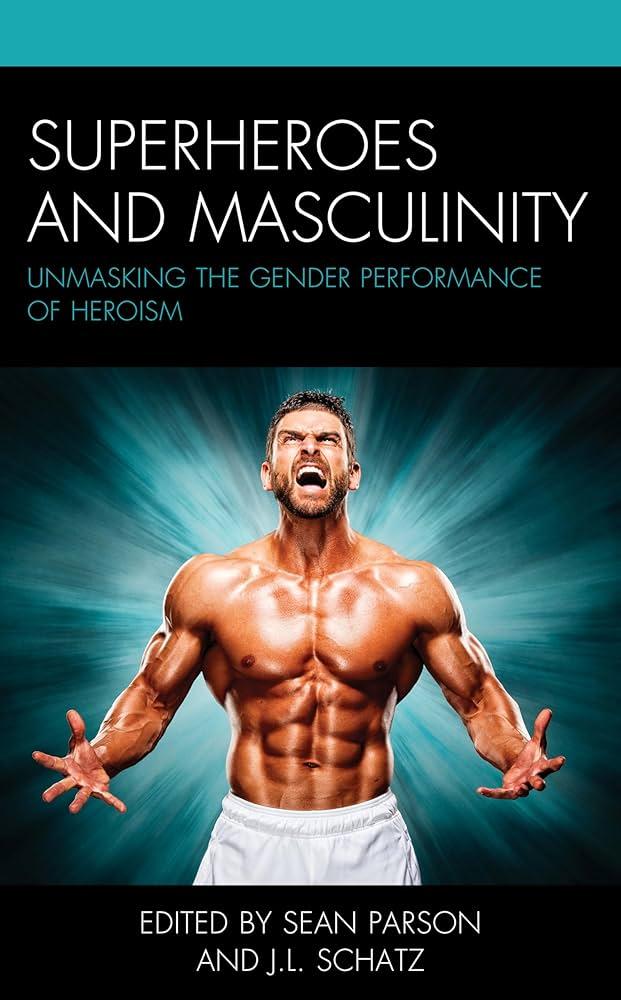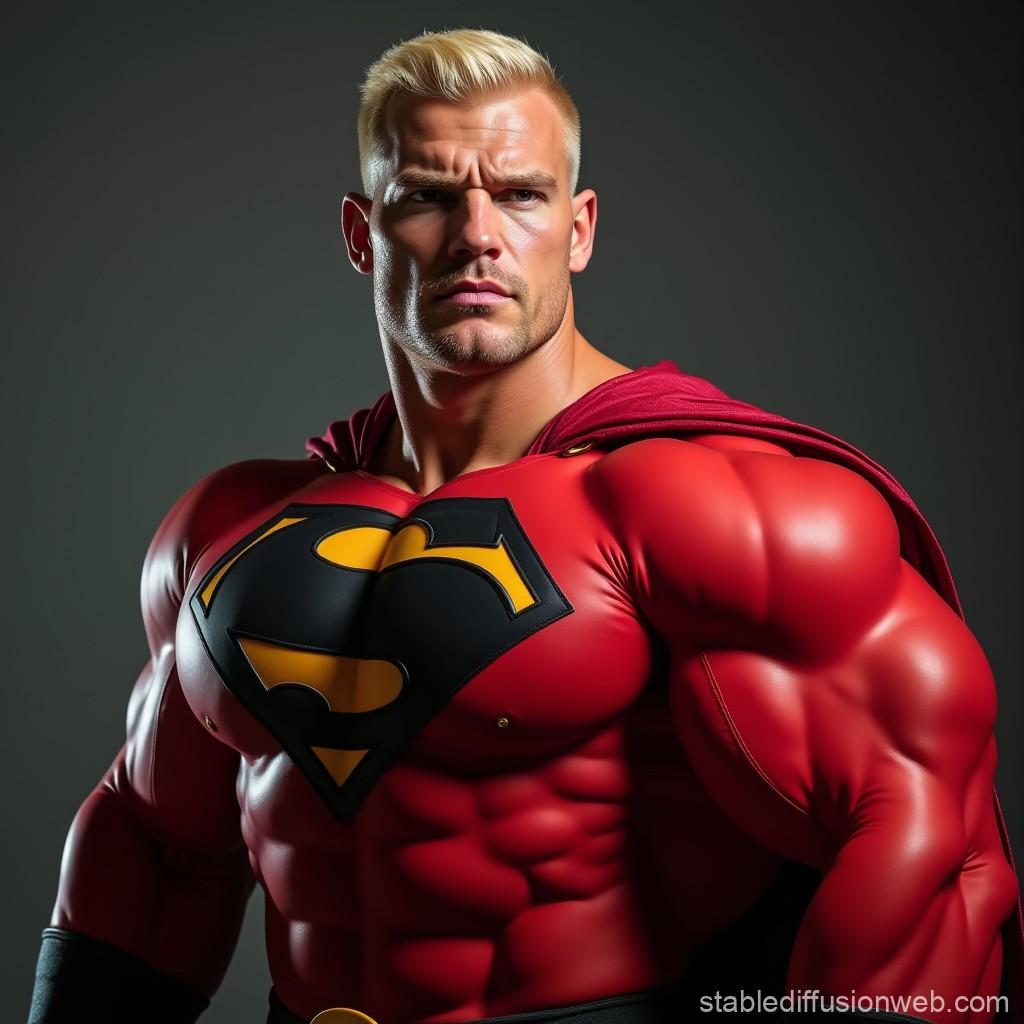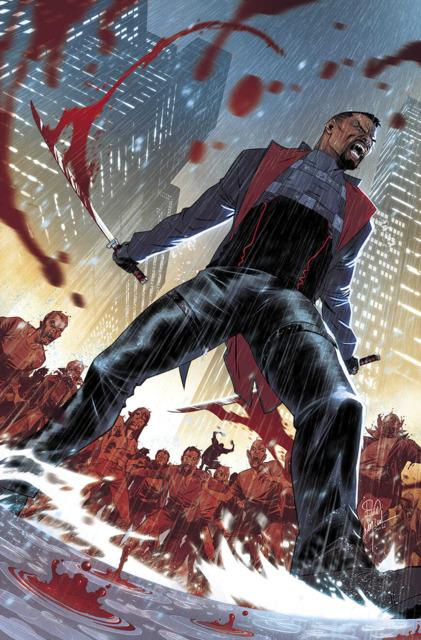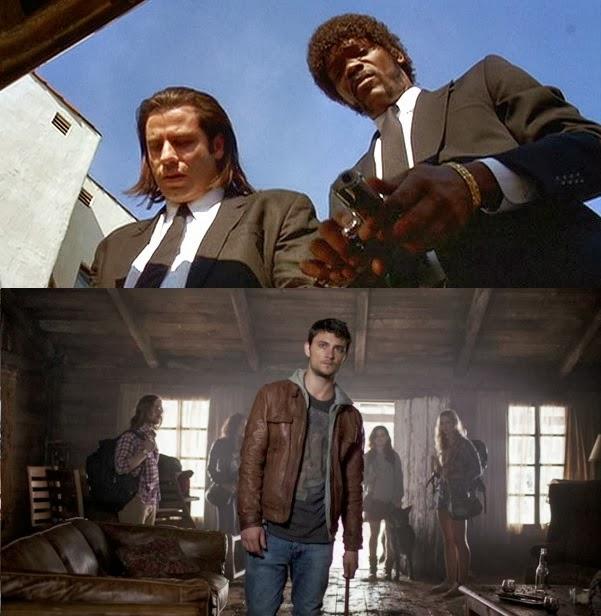In recent years, the superhero genre has dominated the cinematic landscape, offering audiences a plethora of larger-than-life characters and epic narratives. Central to these tales is the portrayal of masculinity, which has both shaped and reflected societal norms and expectations. This article critically examines the depiction of masculinity in superhero movies, exploring how these films have constructed male identities through their heroes. While some narratives reinforce traditional stereotypes of strength and stoicism, others have begun to challenge and diversify the portrayal of male characters, presenting them with greater emotional complexity and vulnerability. By analyzing these portrayals, we aim to understand the evolving nature of masculinity within the superhero genre and its broader cultural implications.
Portrayal of Traditional Masculine Ideals in Superhero Narratives
In the realm of superhero narratives, traditional masculine ideals often manifest through a blend of strength, stoicism, and leadership. Superhero characters are frequently depicted as embodiments of physical prowess, with their muscular physiques symbolizing power and dominance. This portrayal can be seen as both an homage to classical hero archetypes and a reinforcement of conventional gender norms. However, these narratives often overlook the complexities of masculinity, reducing male characters to singular dimensions where emotional vulnerability is rarely explored.
Moreover, these films tend to emphasize certain characteristics as quintessentially masculine, such as:
- Courage: The readiness to face danger head-on without hesitation.
- Independence: The ability to act alone and make decisions without seeking help.
- Rationality: Prioritizing logic over emotions in decision-making processes.
While these traits are celebrated, they can inadvertently perpetuate stereotypes that discourage men from expressing a broader range of emotions or seeking support. As the genre evolves, there is an increasing call for more nuanced portrayals that challenge these traditional ideals, paving the way for a more inclusive representation of masculinity that acknowledges vulnerability and emotional depth as strengths.

Impact of Masculine Stereotypes on Audience Perception
The portrayal of masculinity in superhero films often emphasizes traits such as strength, stoicism, and dominance, shaping audience perception in significant ways. Superheroes are frequently depicted as paragons of physical power and emotional restraint, reinforcing the notion that true masculinity equates to being invulnerable and detached. This can lead audiences to internalize these characteristics as aspirational, potentially narrowing the scope of what is considered acceptable masculine behavior. Moreover, these portrayals can influence how audiences perceive male vulnerability, often stigmatizing expressions of emotion or weakness.
- Strength and Dominance: Superheroes often embody extreme physical prowess, suggesting that true masculinity is tied to physical superiority.
- Emotional Stoicism: Many male heroes display a lack of emotional expression, implying that emotions are a sign of weakness.
- Leadership and Control: These characters frequently assume leadership roles, reinforcing the idea that men should naturally dominate and lead.
These stereotypes, while thrilling in cinematic storytelling, may inadvertently contribute to a narrow and often unrealistic view of masculinity. As audiences absorb these narratives, they might unconsciously adopt similar expectations in real-life interactions, potentially overlooking the complexity and diversity of male identities. The challenge lies in recognizing these influences and promoting a broader, more inclusive understanding of masculinity that celebrates emotional depth and vulnerability as strengths, not weaknesses.

Evolving Representations of Male Superheroes in Modern Cinema
In recent years, the portrayal of male superheroes in cinema has undergone significant transformation, reflecting broader societal shifts in the understanding of masculinity. Traditionally, male superheroes were depicted as stoic, emotionally distant figures, whose primary focus was on physical strength and saving the world. However, modern cinema has started to challenge these archetypes, offering more nuanced and multidimensional characters. Superheroes today often grapple with personal vulnerabilities, mental health issues, and complex moral dilemmas, making them more relatable and human. This shift not only adds depth to their characters but also allows audiences to engage with a broader spectrum of masculine identities.
- Emotional Complexity: Characters like Iron Man and Thor are shown dealing with loss, trauma, and self-doubt, moving beyond the one-dimensional portrayal of masculinity.
- Moral Ambiguity: Superheroes such as Batman and the Punisher embody a more complex moral code, reflecting real-world ethical challenges.
- Diverse Representation: The inclusion of diverse male superheroes, such as Black Panther and Shang-Chi, highlights different cultural perspectives and expands the narrative of what it means to be a hero.
This evolving representation encourages a dialogue about the diverse expressions of masculinity, challenging outdated stereotypes and fostering a more inclusive cinematic landscape.

Recommendations for a Balanced Approach to Male Character Development
When crafting male characters in superhero movies, a nuanced approach is essential to ensure a well-rounded portrayal of masculinity. Superhero narratives should strive to present characters who exhibit a range of emotions and behaviors, rather than adhering to a one-dimensional archetype. This means allowing male characters to express vulnerability, empathy, and emotional depth, while also showcasing their strength and resilience. Such a balanced depiction helps to challenge outdated stereotypes and encourages audiences to embrace a more inclusive understanding of masculinity.
- Diverse Role Models: Include male characters from various backgrounds and cultures, each bringing unique perspectives and values.
- Emotional Intelligence: Develop characters who demonstrate the ability to navigate complex emotional landscapes, fostering empathy and understanding.
- Collaborative Leadership: Highlight male characters who work well within a team, emphasizing cooperation over dominance.
- Complex Relationships: Portray relationships that reflect realistic dynamics, showing both the challenges and growth opportunities within them.
By incorporating these elements, superhero movies can offer a more holistic view of masculinity that resonates with a diverse audience and reflects the complexities of real-life male experiences.
